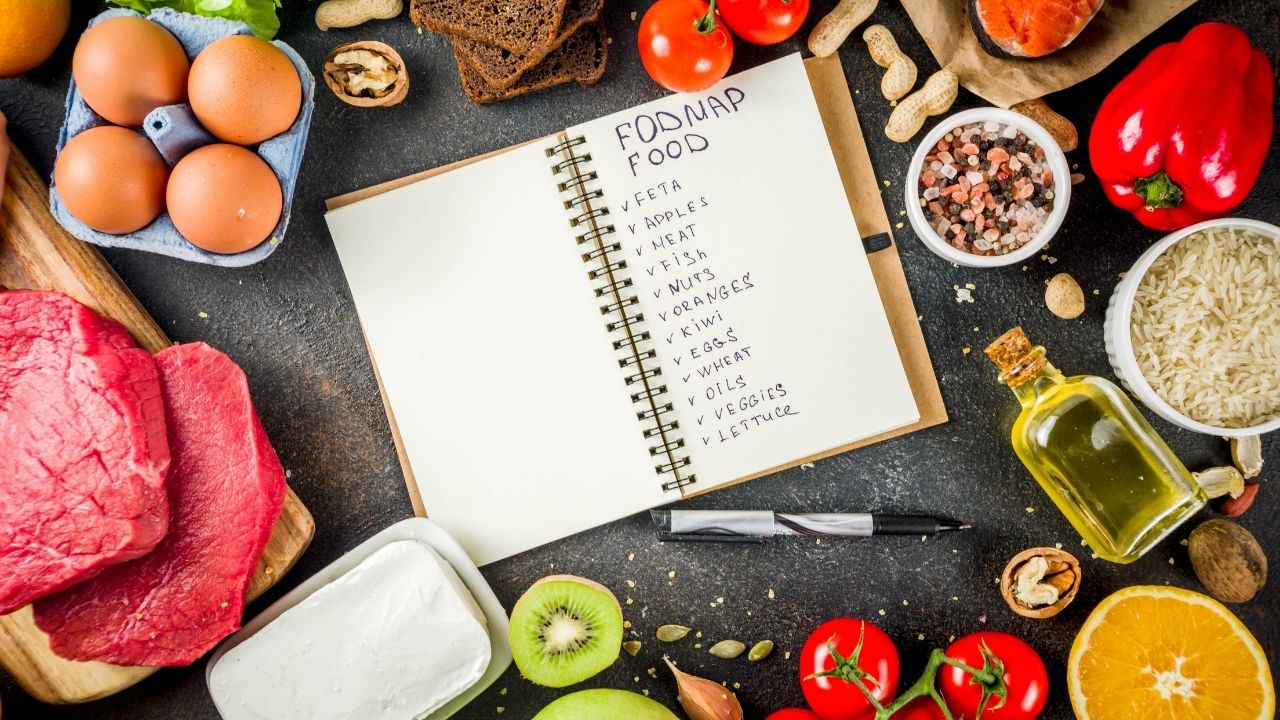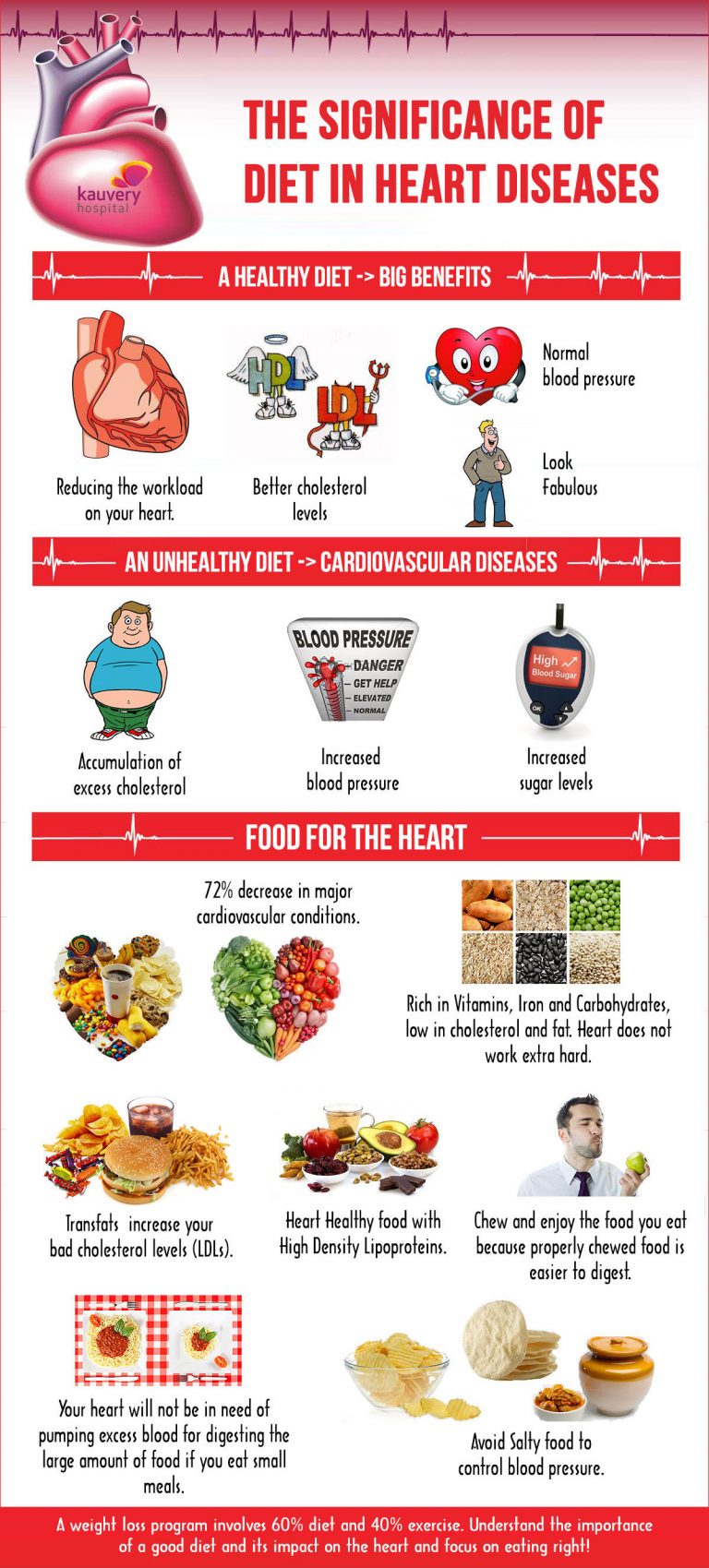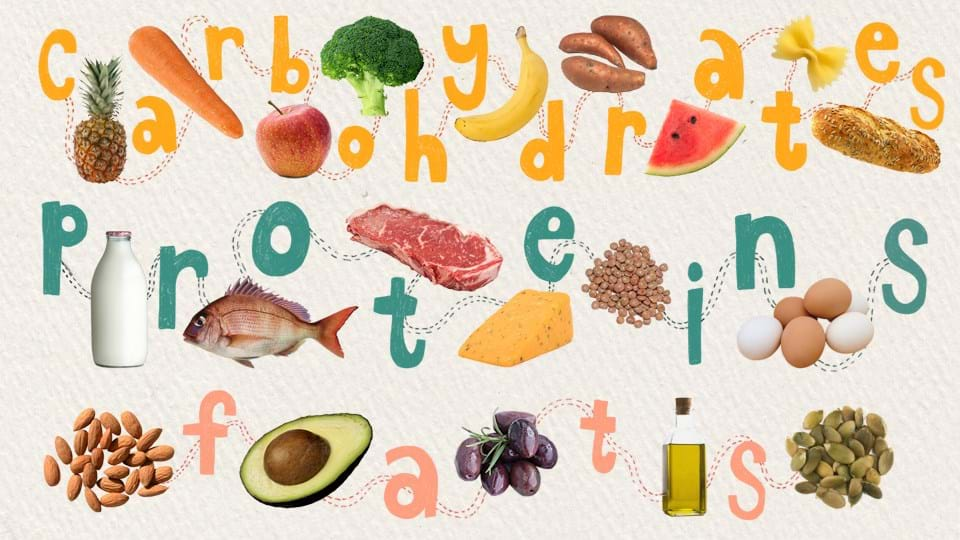
Healthy Eating Plate encourages Americans eat half of their meals with fruits and vegetables to lower their risk for heart disease and diabetes. However, Americans aren't getting enough of these foods so it's crucial to eat a balanced diet. Here are some suggestions to help you get started. First, ensure your breakfast is nutritious. Eat whole grain, fruit, and a healthy protein. Avoid sugary and processed breakfast cereals.
The Healthy Eating Plate was developed by Harvard Health Publishing, a research company, and the Harvard School of Public Health. This book provides a simple, easy-to-understand guide to eating healthy. You should include more vegetables and fruits in your meals. This is a way to increase the number and variety of fruits, vegetables, and other healthy foods in your daily diet. There are many grains that are healthier than refined, including whole wheat and brown rice. These grains may contain some nutrients, but they lack fiber.

You should reduce your intake of red meat when it comes protein. The Healthy Eating Plate recommends that you reduce the amount of red and processed meats you consume. Research shows that red meat raises your risk of heart disease, diabetes, colon cancer, and weight gain. Instead, focus on chicken and fish as protein. Try to limit your intake of seafood to 8 ounces per week. This will ensure that you get enough protein and not have to put too much effort.
The Healthy Eating Plate promotes whole grains over refined foods. Why? Because whole grains are better for you. Refined grain acts as sugar in your system, making it harder to maintain a healthy body weight. They also increase your risk for heart disease and diabetes. Harvard Health Publishing developed this new plate. It was based on the most recent nutrition research, and it is not influenced at all by the food sector.
The Healthy Eating Plate emphasizes the importance of colorful fruits and vegetables in the diet. Most Americans are low in their intake of vegetables, and the Healthy Eating Plate recommends that you consume an abundance of fruits and vegetables. The Healthy Eating Pyramid does NOT distinguish between these two food categories. Healthier living can be achieved by eating more fruits, vegetables, and legumes.

Design is the most important aspect to the Healthy Eating Plate. It should consist of half fruits, half vegetables. Limit starchy vegetable like potatoes to one third. Color is still important. These are the best colors. For this reason, the plate is an essential part of the daily diet. A healthy eating plan is the design of food. This will allow you to create the perfect balance in your food.
FAQ
What should I eat?
Get lots of fruits & vegetables. These vegetables and fruits are rich in vitamins and minerals that will keep your immune system strong. They are also rich in fiber, which is good for digestion and makes fruits and vegetables filling. Aim to eat five to six servings of fruit each day.
Make sure you drink plenty of water too. Water flushes out toxins and helps you feel full between meals. Drink about eight glasses each day.
Choose whole grains over refined grains. Whole grains have all their nutrients intact, including B vitamins, iron, zinc, magnesium, calcium, and protein. Refined grains are stripped of some of their nutritional value.
Sugary drinks are best avoided. Sugary drinks can be a source of empty calories, which can lead to obesity. Instead, you can opt for water or milk, as well as unsweetened herbal teas.
Avoid fast food. Fast food is low in nutritional value. Fast food may be delicious, but it will not give you the energy that you need to perform your tasks properly. Use healthier options, such as soups, sandwiches, salads, and pasta.
Limit alcohol intake. Alcohol contains empty calories and contributes to poor nutrition. Limit your intake of alcohol to two drinks per week.
Red meat consumption should be reduced. Red meats have high levels of cholesterol and saturated fat. Choose lean cuts such as beef, pork and lamb, chicken, fish, or turkey.
What is the problem with BMI?
BMI stands For Body Mass Index. This refers to the measurement of body fat using height and weight. The following formula is used to calculate BMI:
Add weight in kilograms to height in meters squared.
The score is expressed as a number between 0 and 25. A score greater than 18.5 is considered overweight. A score greater than 23 is considered obese.
A person who is 100kg and 1.75m tall will have a BMI 22.
What is the difference in fat and sugar?
Fat is an energy source that comes directly from food. Sugar is a sweet, naturally occurring substance in fruits and vegetables. Both sugars and fats have the same calories. Fats have twice the calories of sugars, however.
The body stores fats and they can lead to obesity. They can lead to cholesterol buildup in the arteries, which could cause heart attacks or strokes.
Sugars are quickly absorbed into the body and provide instant fuel. This causes blood glucose to rise. High blood glucose levels can lead to type II diabetes.
What are the best 10 foods to eat?
These are the top 10 foods to eat.
-
Avocados
-
Berries
-
Broccoli
-
Cauliflower
-
Eggs
-
Fish
-
Grains
-
Nuts
-
Oats
-
Salmon
Statistics
- The Dietary Guidelines for Americans recommend keeping added sugar intake below 10% of your daily calorie intake, while the World Health Organization recommends slashing added sugars to 5% or less of your daily calories for optimal health (59Trusted (healthline.com)
- In both adults and children, the intake of free sugars should be reduced to less than 10% of total energy intake. (who.int)
- According to the Physical Activity Guidelines for Americans, we should strive for at least 150 minutes of moderate intensity activity each week (54Trusted Source Smoking, harmful use of drugs, and alcohol abuse can all seriously negatively affect your health. (healthline.com)
- WHO recommends reducing saturated fats to less than 10% of total energy intake; reducing trans-fats to less than 1% of total energy intake; and replacing both saturated fats and trans-fats to unsaturated fats. (who.int)
External Links
How To
Here are 10 tips to help you live a healthy life
How to live a healthy life
We live in a fast-paced world that makes it difficult to get enough sleep, consume too much alcohol, smoke cigarettes, and eat too much. We don't pay enough attention to our bodies' health.
When you work full time and have to balance your exercise and diet, it can be very difficult to create a healthy lifestyle. It becomes even harder if you are stressed out because your mind tells us that we cannot handle this situation anymore so we start feeling guilty and give up.
You may feel that something is not right with your body. Seek out a doctor to discuss your current health condition. If nothing is abnormal, it might be stress due to your job.
People believe they are lucky because they can go to the gym every day or have friends who keep them fit. But those people are actually lucky. Those people don't have any problems. They managed everything. I wish everyone could be one of them. Many of us aren't able to find the right balance between our personal and professional lives. Bad habits can lead to heart disease, diabetes, and other diseases.
Here are some tips to help improve your lifestyle.
-
Get enough sleep, minimum 7 hours, maximum 8 hours. This includes good sleeping habits and avoiding caffeine for the last hour before bed. Caffeine blocks melatonin, which can make it difficult for you to fall asleep. Also, ensure your bedroom is darkened and clean. You should use blackout curtains if possible, especially if your work is late at night.
-
Take a balanced breakfast. Try to avoid sugar products, fried foods, processed food and white breads. Lunch should include fruits, vegetables, and whole grains. You should eat healthy afternoon snacks that are high in protein. These include nuts, seeds beans, legumes, fish, cheese, and dairy products. Avoid unhealthy snacks such as chips, candies or cookies, cakes, sodas, and other sweets.
-
Get enough water. Many people don't get enough. Water helps us burn more calories and maintains our skin's youthfulness. It also flushes toxins out of our bodies and improves our digestion. Six glasses of water per day will help you lose weight quicker. The best way to measure your hydration level is by checking the color of your urine. Yellow indicates dehydration; orange signifies slightly dehydrated; pink signifies normal; red signifies overhydrated; and clear signifies highly-overhydrated.
-
Exercise - Regular physical activity has been proven to increase energy levels and reduce depression. Walking can be a great way to improve your mood. Walking may appear easy but requires concentration and effort. Walking requires your brain to be focused on the task at hand, and you need to breathe slowly and deeply. A 30-minute walk for 100 to 150 calories can be burned in 30 minutes. Start slowly and increase your pace gradually. To prevent injury, don't forget to stretch after you exercise.
-
Be positive - Positive thinking is essential for mental health. When we think positively, we create a happy environment inside ourselves. Negative thoughts can drain energy and cause anxiety. Try to visualize the things you are aiming to achieve. If you feel overwhelmed with all the tasks, you can break each task down into smaller steps. Do not be discouraged if you fail, just get up and try again.
-
It is important to learn how to say no. We are often so busy, that we don't realize how much time we spend on unimportant tasks. It is important you can say no when it is necessary. Not saying "no" is rude. Saying No is simply saying that you cannot take care of something right now. There will always be another way to finish the job. Try to set boundaries. Ask for help. Delegate the work to someone else.
-
Take care of you body. Eating healthier foods will boost your metabolism and help you shed those extra pounds. Don't eat too much oily or heavy foods as they can increase cholesterol levels. Three meals and two snacks are a good rule of thumb. Around 2000 to 2500 calories should be consumed each day.
-
Meditate - Meditation can reduce stress and anxiety. You can relax your mind by simply sitting still with your closed eyes. This exercise will improve your ability to think clearly and help you make decisions. Meditation can help you be calmer, happier, and more productive.
-
Don't skip breakfast. Breakfast should be the most important meal. Skipping breakfast may lead to overeating during lunchtime. It is never too late to eat a balanced breakfast as long as you eat within 1 hour of waking. Breakfast boosts energy and helps to manage hunger.
-
Good food is healthy. Avoid junk food, artificial ingredients and foods that are high in preservatives. These foods can make your body more acidic and cause cravings. Fruits and vegetables are rich in vitamins and minerals that improve overall health.